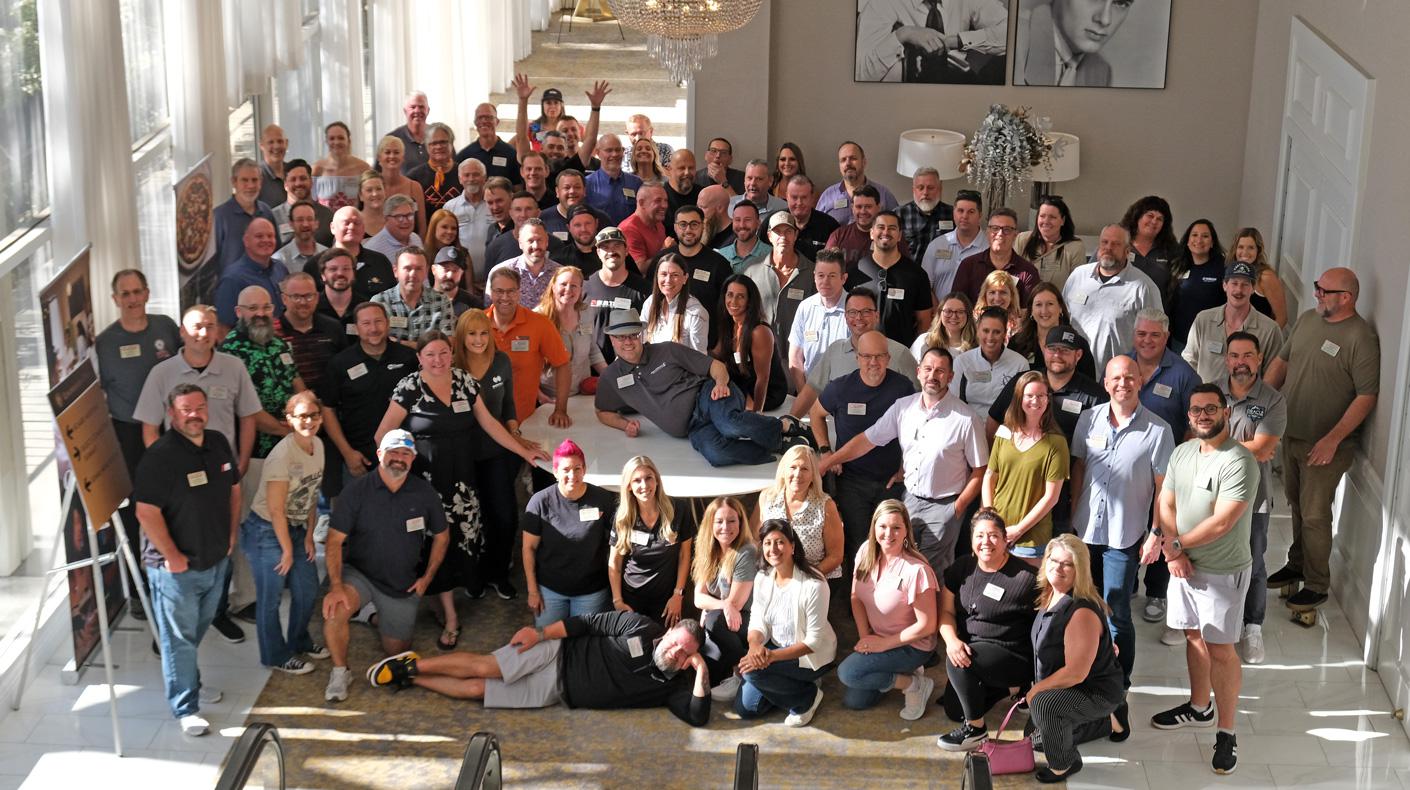Good leadership drives the specialty-equipment industry, and business owners that clearly understand their role as leaders could help ensure a long business life ahead of their company. SEMA conducted a webinar earlier this year on leadership, and a presentation of that webinar can be viewed by clicking here. In addition to this valuable resource, a recent article posted on Dave Anderson’s LearntoLead.com discusses how founders of two auto manufacturers undertook their roles as leaders in their respective companies.
The following is a lesson in leadership presented by management expert Peter Drucker. There is a valuable lesson to aspiring “jacks of all trades” and micromanagers that must be heeded in order to maximize one’s own skills, that of your people and your organization overall:
The question, “where do I belong?,” needs to be faced up to and thought through by leaders as soon as their venture shows the first sign of success. But the question can be faced up to much earlier. Indeed, it might be best thought through before the new venture is even started.
That is what Soichiro Honda, founder of Honda Motor Company, did when he decided to open a small business in the darkest days after Japan’s defeat in World War II. Honda did not start his venture until he found the right man to be his partner and run administration, finance, distribution, marketing, sales and personnel since Honda decided from the outset that he belonged in engineering and production and would not run anything else. That decision made the Honda Motor Company.
There is an earlier and even more instructive example, that of Henry Ford. When Ford decided in 1903 to go into business for himself, he did exactly what Honda did 40 years later. Before starting, Ford found the right man to be his partner and to run the areas where he knew he did not belong—administration, finance, distribution, marketing, sales and personnel. Like Honda, Henry Ford knew that he belonged in engineering and manufacturing and was going to confine himself to those two areas.
The man he found, James Couzens, contributed as much as Ford to the success of the company. Many of the best-known policies and practices of the Ford Motor Company for which Henry Ford is often given credit—the famous five-dollar-a-day wage of 1913 or the pioneering distribution and service policies, for example—were Couzens’ ideas and at first resisted by Ford. So effective did Couzens become that Ford grew increasingly jealous of him and forced him out in 1917. The last straw was Couzens’ insistence that the Model T was obsolescent and his proposal to use some of the huge profits of the company to start work on a successor.
The Ford Motor Company grew and prospered to the very day of Couzens’ resignation. Within a few short months thereafter, as soon as Henry Ford had taken every single top-management function into his own hands, forgetting that he had known earlier where he belonged, the Ford Motor Company began its long decline. Henry Ford clung to the Model T for a full 10 years until it had become literally unsalable. And the company’s decline was not reversed until 30 years after Couzens’ departure when, with his grandfather dying, a very young Henry Ford II took over the practically bankrupt business.
This story and others like them beg the question that you must answer as a leader: Where do I belong? Look in the mirror, acknowledge the answer, have the good sense to stay there and build a team to supplement your personal weaknesses. Even if you’re under-capitalized or don’t think you can afford to hire additional personnel, you must ask yourself an even more important question: “Can you really afford to engage in areas where you have little competence?” And what is it costing you not to have people in key places in your organization that can execute their duties with excellence?
Two final questions: “What is the price you and your organization pay when you do have the right people in the right places, doing the right things, but persist in nit-picking them, continually second-guessing them or butting into areas where you have limited insight?”
And number two: “What will be the cost to you when these capable people have had enough of your micromanaging leadership style and leave your organization to go work for a leader who truly knows his or her place and has the good sense to stay there?”
Dave Anderson is an author, columnist, trainer and speaker for sales and leadership and has written several books on enhancing leadership skill. For more information, visit www.learntolead.com.
Source: Anderson, Dave. (April, 2007). “Know Your Place and Stay There!” Retrieved April 27, 2007 from www.learntolead.com.





